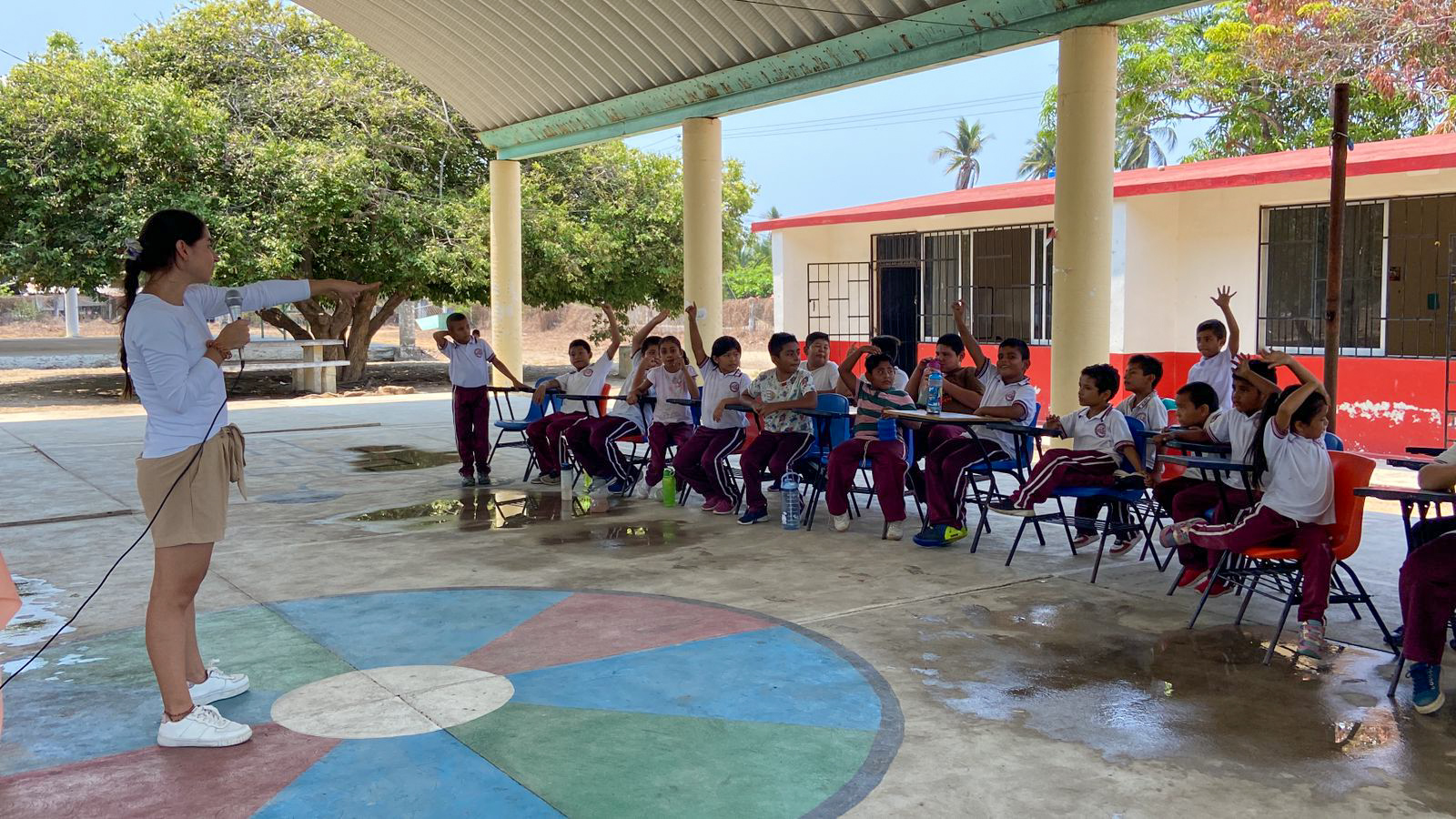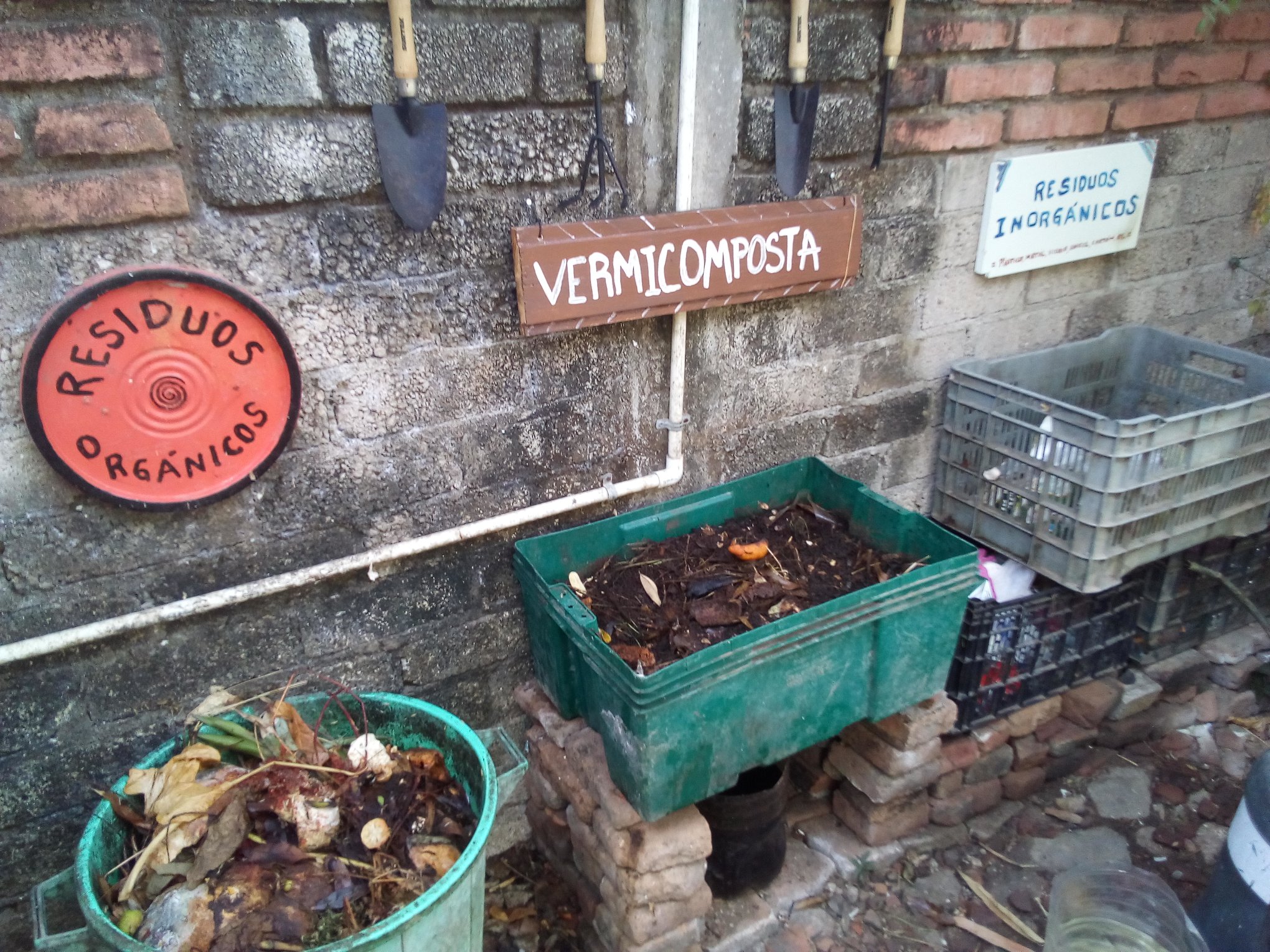by carolina gallo cardon
coeditores:
– dr. ulises moreno tabarez;
–dra. dulce maría quintero romero;
–dr. Héctor Becerril;
–dra. rocio lopez velasco
Currently, my work focuses on environmental issues in Guerrero, Mexico, specifically in El Carrizal, a community located near Acapulco. This place is a sanctuary for valuable mangroves. In my previous blog post, I detailed the threats these mangroves face, including rapid urbanization and other environmental challenges. My overarching goal is to help preserve these vital ecosystems, and in pursuit of this, I have begun collaborating with the local community, conducting educational workshops, and engaging in other related activities.
In this blog post, I’m sharing my experiences of building relationships with the community from a foreigner’s perspective. Through activities such as walking through the streets, observing the surroundings with empathy, and conducting educational programs on environmental care and mangrove conservation in schools, I’ve gradually built trust and openness, encouraging the active participation of the community in my degree work.
Working in El Carrizal presents a great challenge for me. I grew up in a mountain town in the Andean mountain range of Colombia, and my professional thesis involved researching high Andean wetlands. Through this experience, I gained a deep understanding of the importance of wetlands for the planet and the ecosystem services they provide, forming a connection with these strategic ecosystems. My interest in wetlands led me to continue my master’s studies in Mexico, contributing to the study and conservation of wetlands, specifically coastal wetlands: mangroves.
This research is a continuation of a series of studies performed by Master’s graduates in El Carrizal, aimed at counteracting the degradation of the mangroves. Luis Aguirre (2018) designed a reforestation plan, while Francisco Orozco (2019) oversaw the planting of mangrove seedlings. However, a forest fire in 2021 devastated the study area, nullifying the efforts made by the team, incinerating the planted seedlings, and exacerbating the loss and degradation of mangroves.
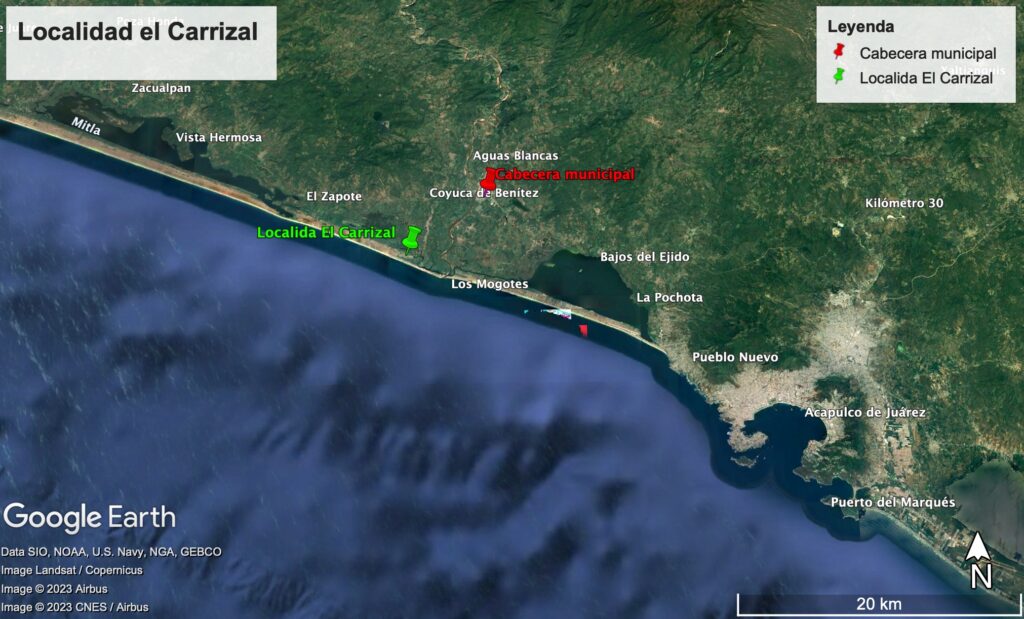
This event made me realize that designing and implementing ecosystem conservation strategies alone aren’t sufficient. It’s equally crucial to conduct awareness-raising and environmental education activities aimed at the communities. This encourages communities to take ownership of these initiatives and ensure their correct development and continuity, promoting community and environmental well-being.
While Mexico’s coastal wetlands and the high Andean wetlands in Colombia offer similar ecosystem services, their cultural, social, economic, and political environments differ significantly. This difference posed a considerable challenge during my research, in addition to establishing trust and openness within an unknown community for active research participation.
My foreign accent initially set a foreign-local relationship, creating a barrier to learning about their stories, experiences, and interaction with the mangroves.
However, by wandering the streets, recognizing and contextualizing the locality, observing landscapes and lifestyles, and fully engaging with the research experience of participant observation, I gradually encouraged some inhabitants to participate in the research work.
Later, during the research process, we approached key individuals to understand their perspectives on the issue of mangrove loss. One of the questions I asked was: What are the main problems leading to mangrove loss in El Carrizal? Most responses were: Figure 2. Interview response scheme.
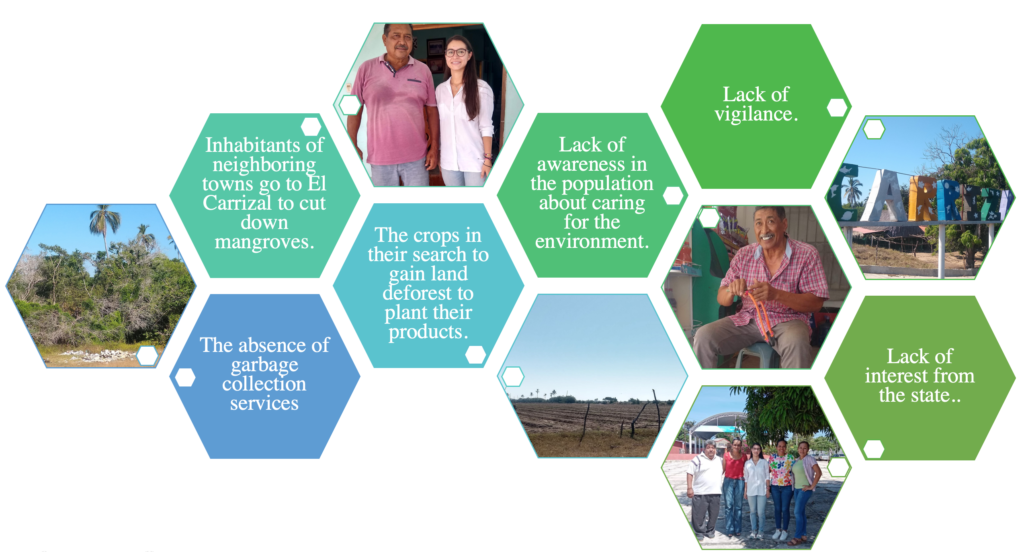
Through these interactions, I found that the inhabitants share common environmental concerns, primarily about rising temperatures and scarcity of potable water.
In the course of my conversations with the community, I asked about the fire incident in 2021. Various theories exist about the cause of the fire, but none have been confirmed. Some community members believe that farmers set the fire intentionally to clear land for cultivation. Others hypothesize that it was a local waste-burning practice that went out of control. Given the absence of municipal solid waste collection services, the population is compelled to dispose of waste themselves; the most common method being open-air incineration.
Most inhabitants are aware of the environmental problems, but fail to grasp the severity of the issues. Despite this, they express interest in contributing to the conservation and restoration of the mangroves. Walking through the streets of El Carrizal, I noticed that the inhabitants, being coastal people, are influenced by the warm climate and abundance of water bodies such as rivers, lagoons, and the Pacific Ocean, which lies just a few meters from the town center. The town’s small size contributes to its close-knit, familial atmosphere.
Shrimp farming is a mainstay of El Carrizal’s economy. Artificial shrimp ponds at the community entrance, nestled amongst palm trees and rivers, are a common sight. The inhabitants oversee the breeding and production of shrimp for sale in the markets of the municipality of Coyuca, or for direct distribution to local restaurants.
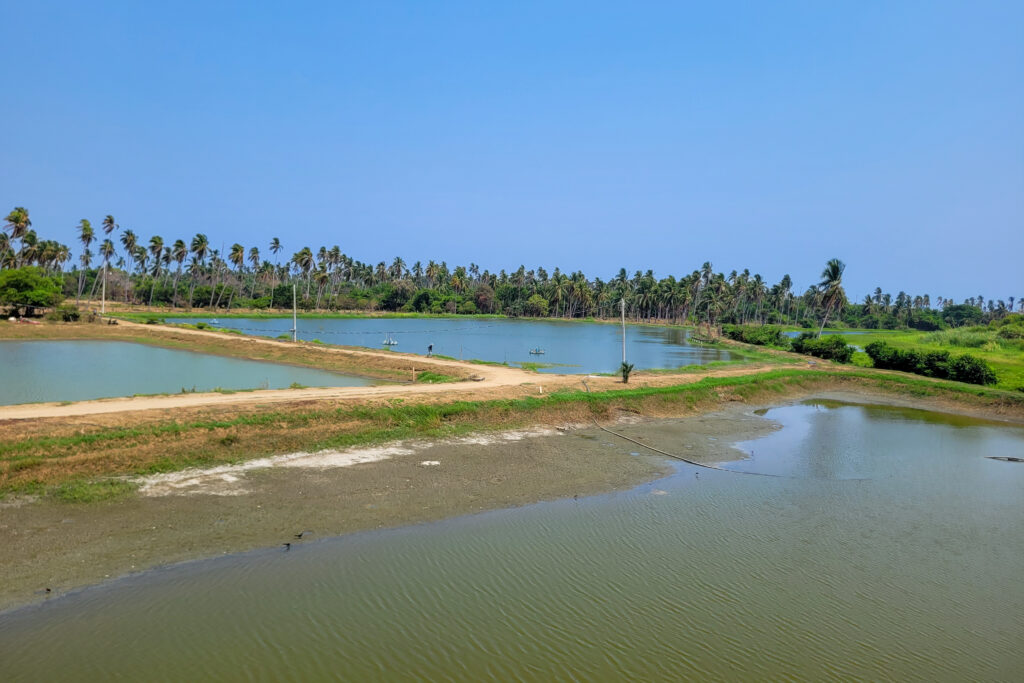
In a workshop conducted in September 2022, inhabitants revealed the deep cultural connections between the community and the local mangroves. Legends and tales passed down through generations intertwine with the mangroves, from stories of a lamenting woman called “La Llorona” wandering through the mangrove forests at night, to tales of ancestors burying money near the mangroves as offerings for abundance. The mangroves also support the local economy by providing raw materials such as wood for the construction of homes and palapas, and as firewood for cooking. The mangrove ecosystems are an integral part of the identity of El Carrizal’s inhabitants, who have grown up surrounded by these forests and have witnessed their progressive deterioration.
There are two primary and secondary schools, which retain stories of its industrious and amiable residents. As part of the effort to raise awareness and stimulate reflection on mangrove deterioration, I saw the schools as an opportunity to convey environmental messages to families through students, who often disseminate such information in their homes. Moreover, knowing that they will make future decisions for the locality, I sought to educate these students about their surrounding ecosystems.
In both secondary and primary schools, we conducted dynamic and participatory environmental education activities. One such activity involved participatory mapping, which helped young people reflect on their territories and build a comprehensive understanding of the surrounding ecosystems, particularly mangroves. This activity helped us recognize the ecosystem services provided by mangroves and the importance of their conservation.
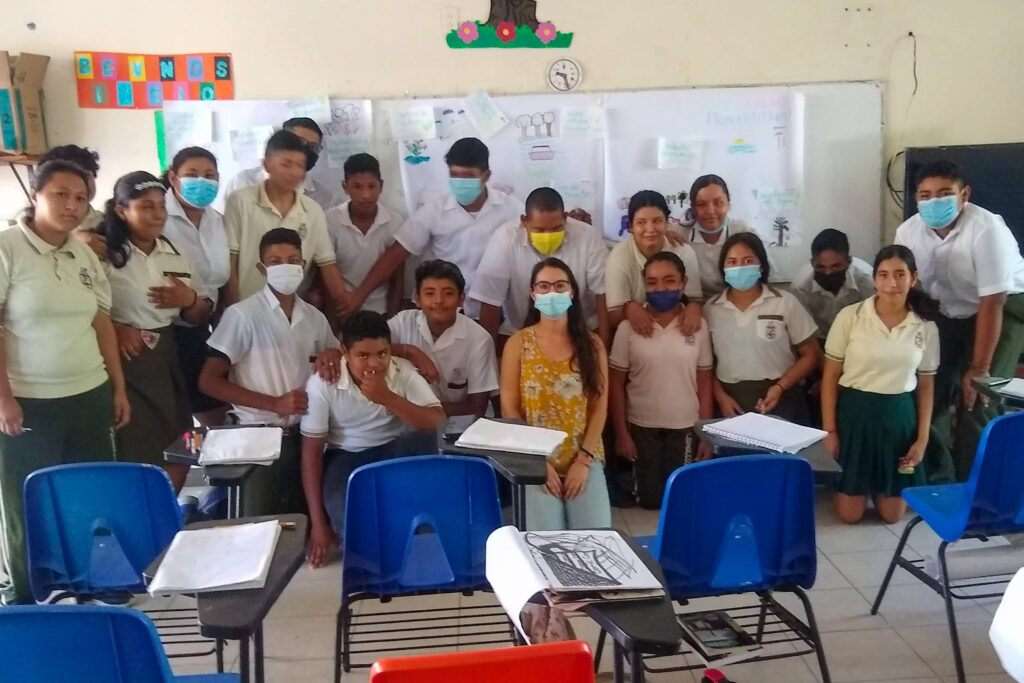
In another activity, students reflected on actions that can be taken to conserve these ecosystems. Drawing upon knowledge exchange and the information I provided, they created posters with environmental education messages to display in various community locations. I believe that sharing information is key to its dissemination, and this activity helped communicate environmental awareness messages to the wider community.
figures 5-7: Environmental education posters. Source: Carolina Gallo 2023
We also conducted a puppet show in the primary school to promote care for ecosystems. The show narrated the story of a forest fire caused by hunters, resulting in the death of trees and endangered animals, and highlighted the importance of ancestral knowledge in their relationship with nature.
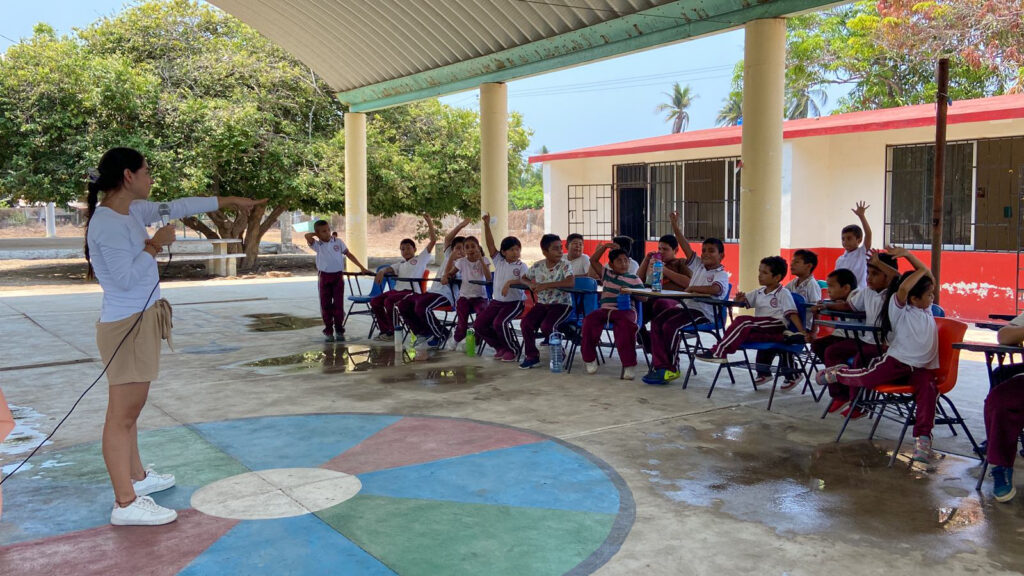
When we discuss sustainability, future generations become more meaningful because we want all living beings to enjoy a healthy environment. Imparting knowledge and raising awareness among children and young people about caring for natural resources and how we interact with them is essential for exploring new possibilities.
These activities paved the way for a trusting relationship between the community and me as a researcher, enabling me to conduct community participation workshops. These workshops aimed to raise awareness about mangrove deterioration and collectively devise strategies to counter this issue. Acknowledging the critical role inhabitants play in their daily interactions with the ecosystems, I am convinced that they can protect and conserve, as well as deteriorate them. However, any conservation and restoration processes must be monitored to ensure their success.
references
Aguirre, L. (2018). Plan para la conservación del manglar en la comunidad de El Carrizal Coyuca de Benítez, Guerrero. Universidad Autónoma de Guerrero. http://ri.uagro.mx/handle/uagro/368
Orozco, F. (2020). Plan de reforestación del manglar en la localidad de El Carrizal, municipio de Coyuca de Benítez, Guerrero. Universidad Autónoma de Guerrero Universidad Autónoma de Guerrero.

